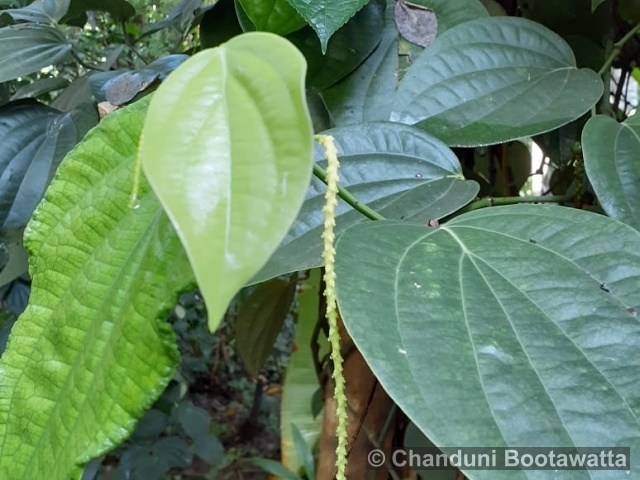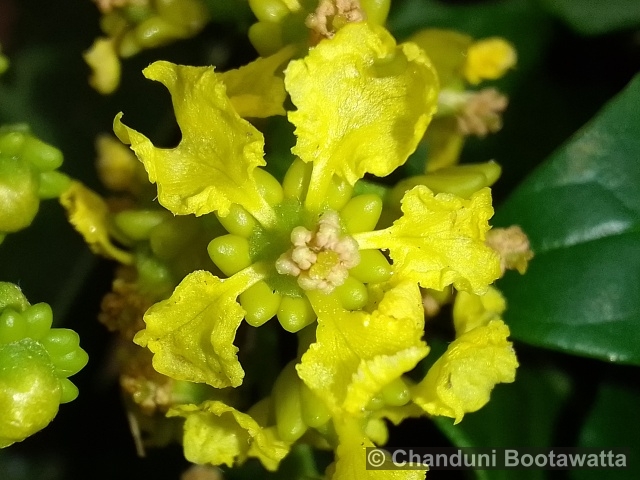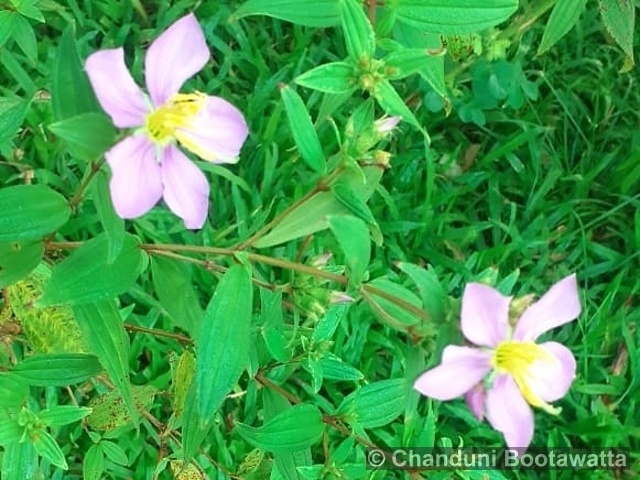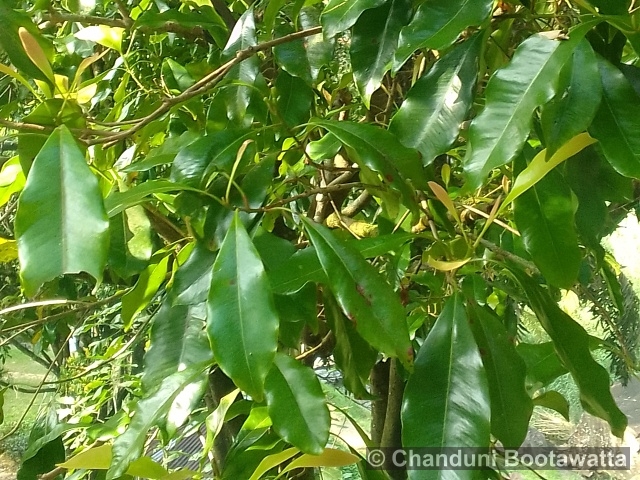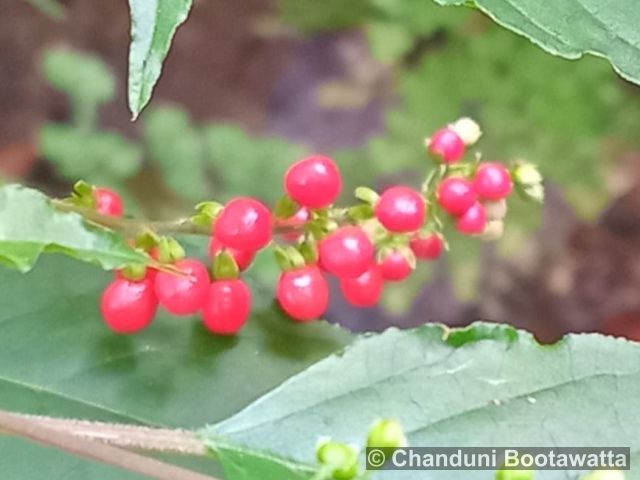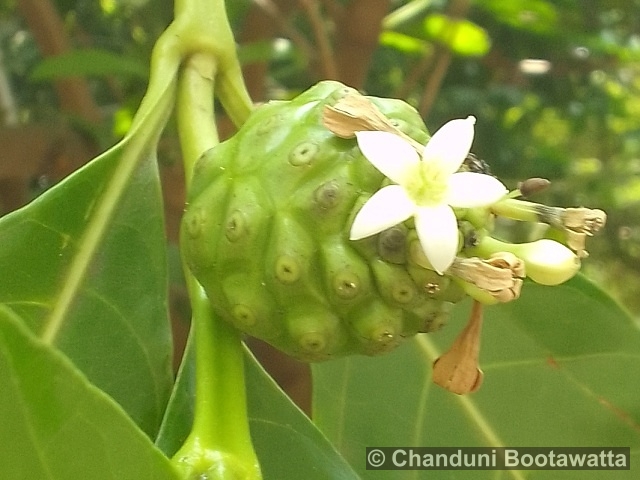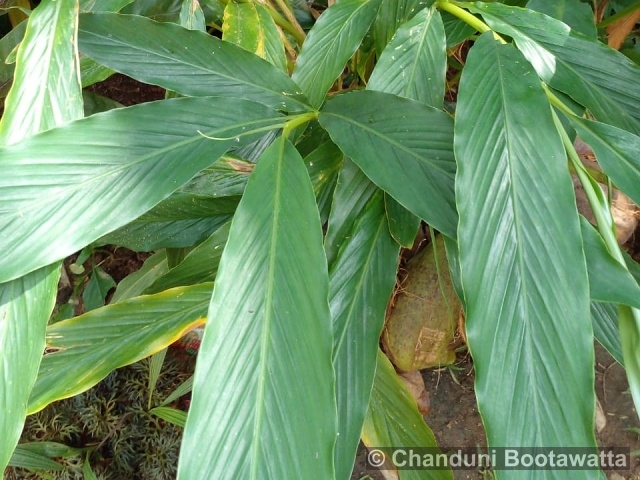Tento příspěvek byl přečten214krát!
Indian long pepper, Thippali (in Ayurveda), Balinese pepper, Bengal pepper, Javanese long pepper
Syn: Piper roxburghii (Miq.) J. Presl, Chavica roxburghii Miq., Chavica sarmentosa Miq., Chavica longa H. Karst.
Family: Piperaceae


Description: The plant produces small, cylindrical spikes of tiny flowers along its slender spikes. These spikes contain both male and female flowers, and the overall appearance is characteristic of the Piperaceae family. The leaves are glossy, alternate, and heart-shaped, showcasing a dark green color. Piper longum has been used in various cuisines for its pungent and spicy flavor. It was historically a prized spice in ancient Indian and Southeast Asian cooking. In traditional Ayurvedic medicine this plant (known as Pippali) is valued for its medicinal properties. It is believed to have digestive, respiratory, and anti-inflammatory benefits.
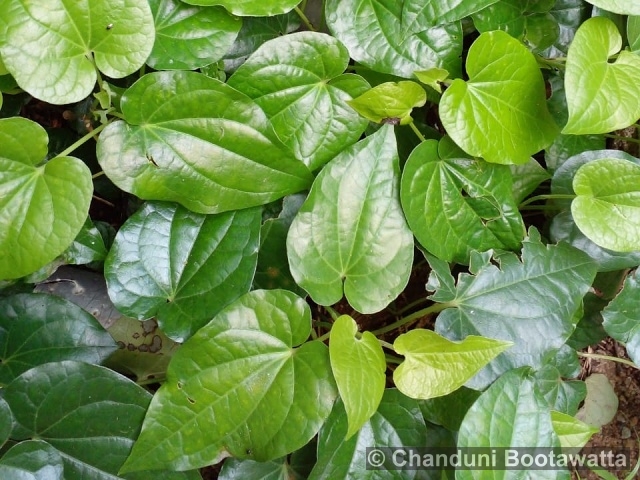
Substitutions: Black Pepper (Piper nigrum): Plant that thrives in hot and humid climates, with small white flowers developing into berries that are dried to yield the familiar black peppercorns. It has a pungent and spicy flavor, although it is milder compared to long pepper. Cubeb Pepper (Piper cubeba): It is a climbing vine belonging to the Rutaceae family. It produces small, dark brown berries with a unique flavor profile which has a slightly different flavor but shares some similarities with long pepper. It has a pungent, peppery taste with a hint of citrus.

Ecology: The plant prefers well-drained soil and requires a warm and humid climate for optimal growth. It is often found climbing on trees or trellises, utilizing other vegetation for support.

General Distribution: Native to the Indian subcontinent and is distributed across tropical regions of Southeast Asia. Found in countries such as India, Indonesia, Malaysia, and other parts of South and Southeast Asia.

Author of text and photos: Chanduni Bootawatta.
Photographed in Kegalle, Sri Lanka on 08/01/2024.



 Poslat emailem
Poslat emailem